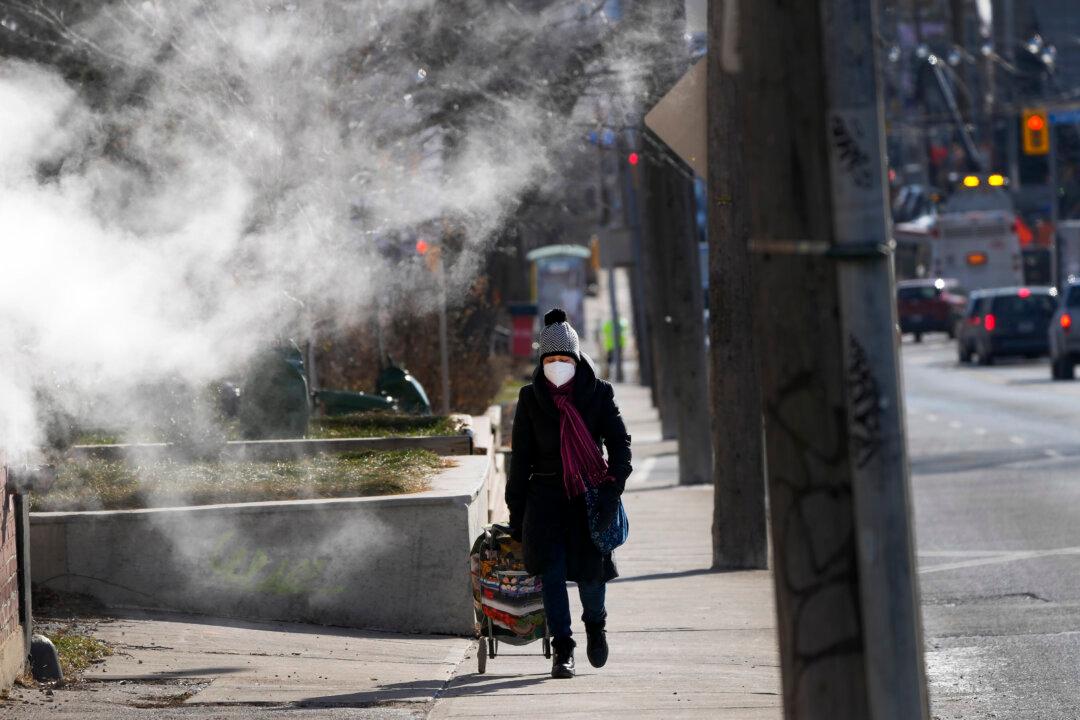After several provinces underwent chilly overnight temperatures on Jan. 10, extreme cold warnings affecting parts of Ontario and Quebec continued to be in effect on Jan. 11.
The extreme cold alerts, issued by Environment Canada, affect parts of northern Ontario, northern and southern Quebec, as well as New Brunswick and Labrador.





